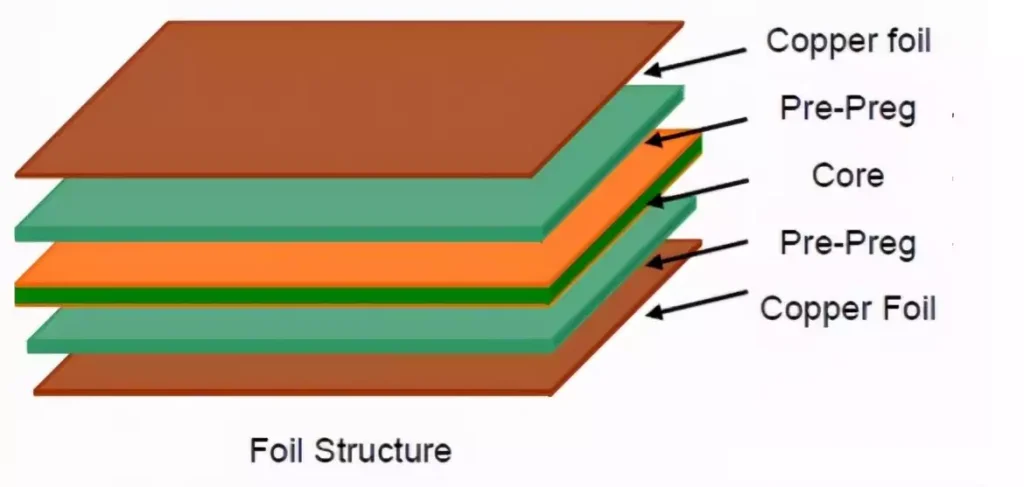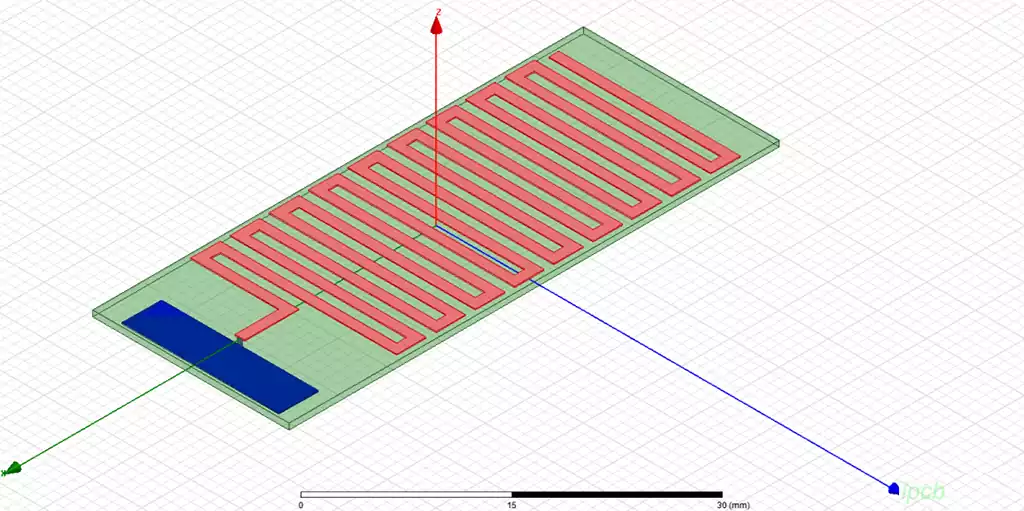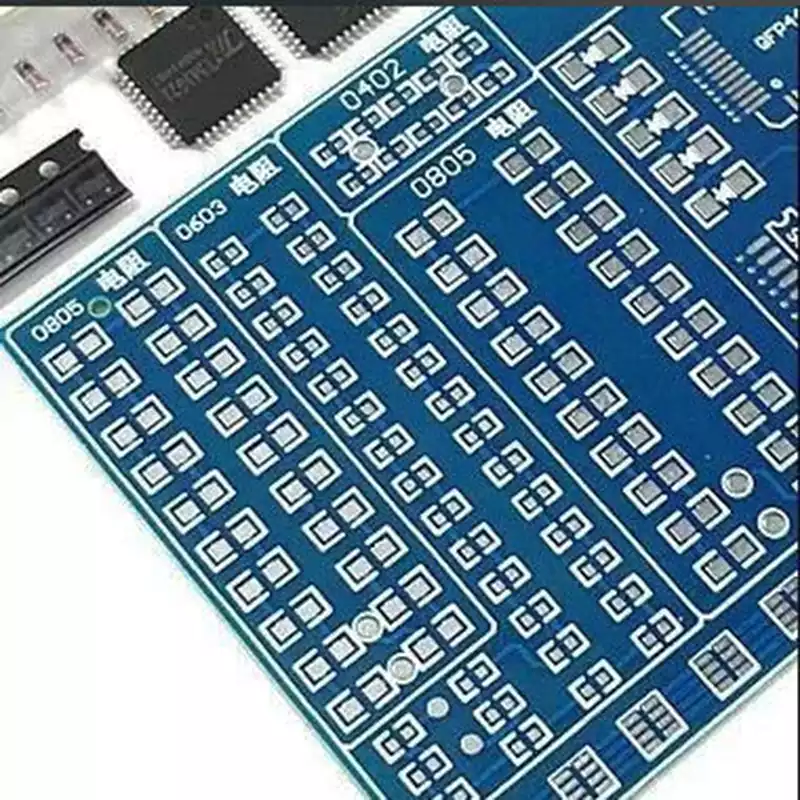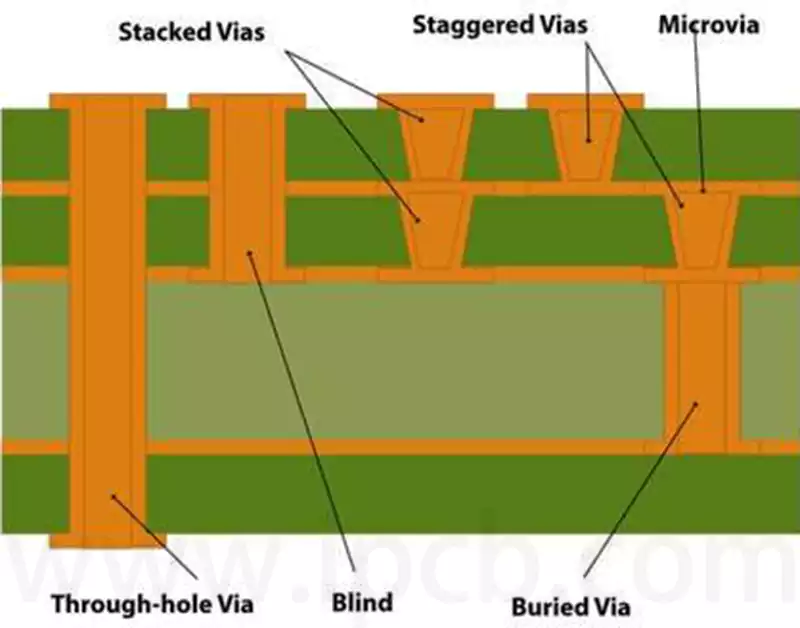PCB damage often results from mishandling. In the PCB assembly workspace, circuit boards can be dropped, bumped or mishandled when placed on a carrier. So, when a laminate suffers such damage, can it be repaired? The answer, as with most engineering issues, depends on the circumstances.
Electronic products are categorized according to the industry standard “IPC-A-610: Acceptability of Electronic Components”, which describes in detail the acceptable conditions for components and which components are considered defective. This inspection specification considers broken corners or laminate damage to be defective when the minimum electrical clearance requirements are violated, and the component does not meet the “form, fit or function” requirements if it was designed as part of an assembly or if it does not meet the requirements of the customer’s printed specification.
All of the above conditions are considered defects for all product types according to the acceptance criteria. In addition, for all product types, if the base metal is exposed due to corner damage, this will also be considered a defect. According to Section 10.2.5 of the “IPC-A-610” standard, “cracks” or corner damage are also considered defective if they exceed half of the distance from the edge of the circuit board to the nearest conductor by 2.5mm (0.1 inch) or less.
While it is ultimately up to the customer to determine what constitutes a defect based on the chosen industry standard, once it has been determined that the corner of the damage represents a defective condition, different treatment strategies will be utilized. Options include: using the board as is (with customer approval), repairing the board (physically damaging the PCB), or discarding the board. When the second option is selected, the corner of the PCB substrate needs to be repaired.
When a circuit board is damaged or missing corners due to mishandling or dropped components, several additional inspections of the components must be performed. In some cases, especially when fragile solder alloys (such as various lead-free alloys) are present, solder joints may break due to physical events. In addition, parts near corners may have pads or traces torn. If the PCB is coated, the coating may have broken after the component was dropped. Finally, the solder mask and the component itself must be inspected as they may also be damaged when subjected to shock.
The PCB Repair Guide, “IPC-7221: Rework, Modification, and Repair of Electronic Components,” outlines several methods of PCB repair. The first method is to repair the laminate with epoxy. Under normal circumstances, this method is used to repair slightly damaged laminates. Next, area implants or corner implants can be used. This method is used when the PCB laminate is damaged over a large area or when the original material is no longer usable (e.g., when a corner is broken). True to its name, this method uses a replacement laminate and maintains it with a combination of notches and tongues.
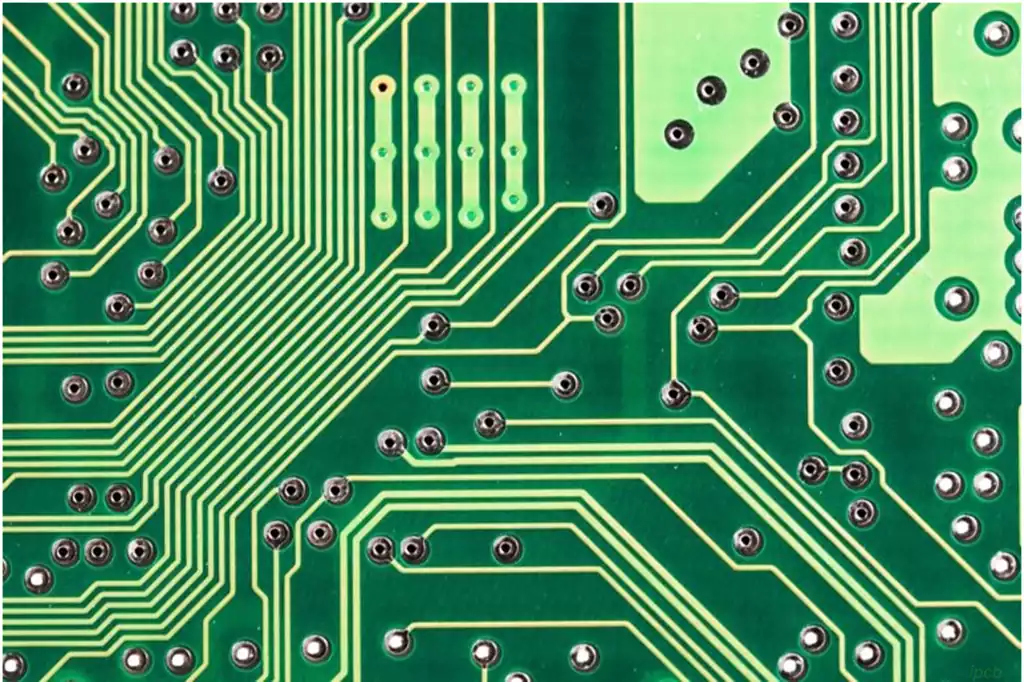
This article focuses on the epoxy method, which has been used to repair broken or damaged corners on assembled rigid PCBs. The first step in this repair method is to determine the extent of damage to the PCB. First, the area to be repaired is cleaned to ensure that the area can be thoroughly inspected. At the same time, an evaluation using a Gerber file set or an X-ray analysis is performed to determine if the internal circuit wiring is damaged. If there is no circuitry on the inner layers, or no parts missing due to PCB damage, only the described repair method is needed.
Use a ball mill to grind away any burrs or fibers from the laminate. If the damaged part is a large corner, cut from the bottom to the edge of the laminate to increase the bonding area. If the internal circuitry has been damaged, you must be approved or have specialized skills to make these repairs. Then, get a small plastic box with as many small tools or nuts and bolts as you can find. This will be a disposable box, so if you can “borrow” it from somewhere, you can easily get a replacement laminate.
Next, mix the two components of the bonding resin and hardener according to the PCB manufacturer’s instructions. Now, use a small modified container, leaving only one corner, and place this small container at the corner to be inserted so that it can be aligned with the damaged corner. Pour the epoxy mixture into this small container so that the surface is smooth. The epoxy should be cured according to the manufacturer’s instructions. Use an emery cloth, some water and wet sand to glue the corners together. You may need to add some epoxy or colorant to give the grafted corners the same shape, fit and function as the original corners. Depending on the grade of the electronics, the repair area should be cleaned and re-inspected to an acceptable standard.
With this epoxy method, you can successfully address pcb damage corners without having to throw the damaged board into the scrap pile.
